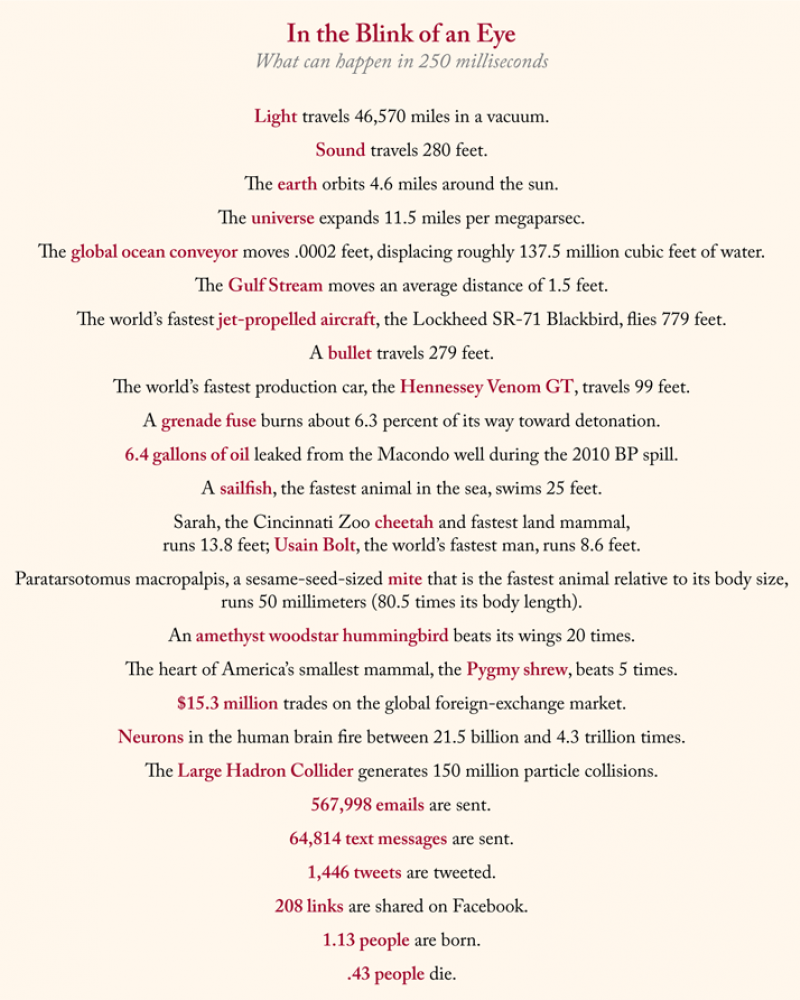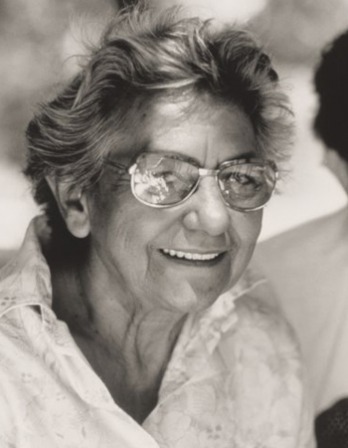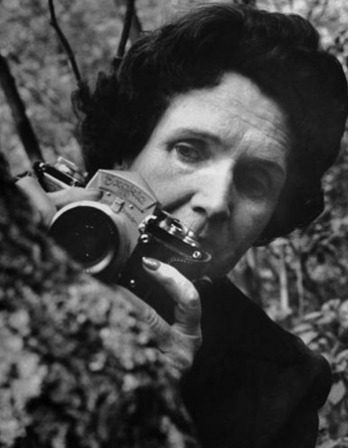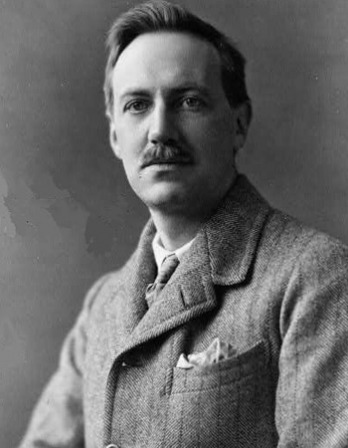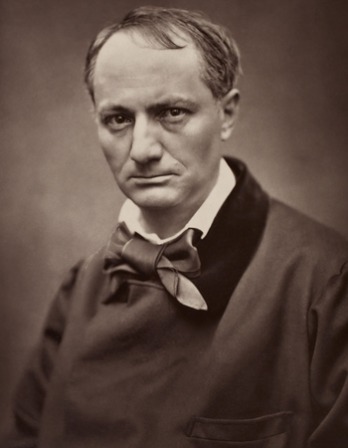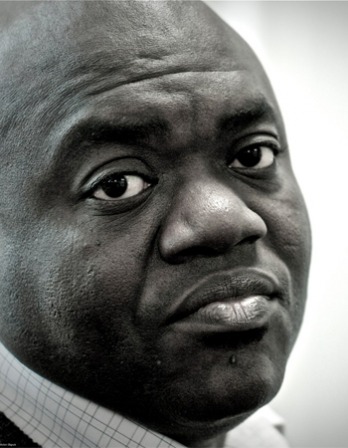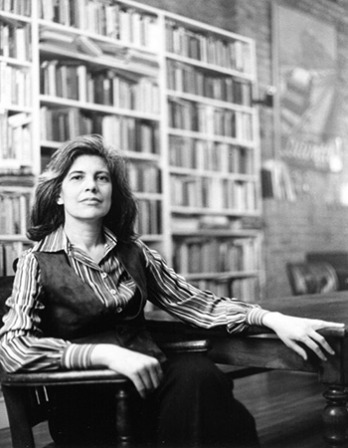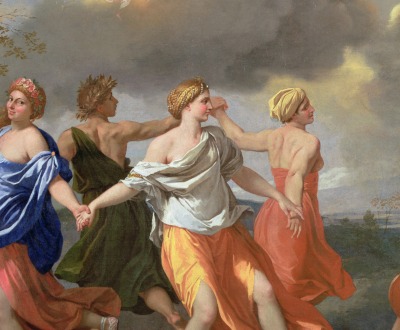
A Dance to the Music of Time, by Nicolas Poussin, c. 1635. Wallace Collection, London.
VIEW:
Miscellany
At the thirteenth General Conference on Weights and Measures in 1967, one second was redefined as “the duration of 9,192,631,770 periods of the radiation corresponding to the transition between the two hyperfine levels of the ground state of the caesium-133 atom.” In April of this year, the National Institute of Standards and Technology in Boulder, Colorado, unveiled a new atomic clock to act as the United States’ primary time standard; it will not gain or lose a second in 300 million years.
There is no work of human hands which time does not wear away and reduce to dust.
—Marcus Tullius Cicero, 46 BC


